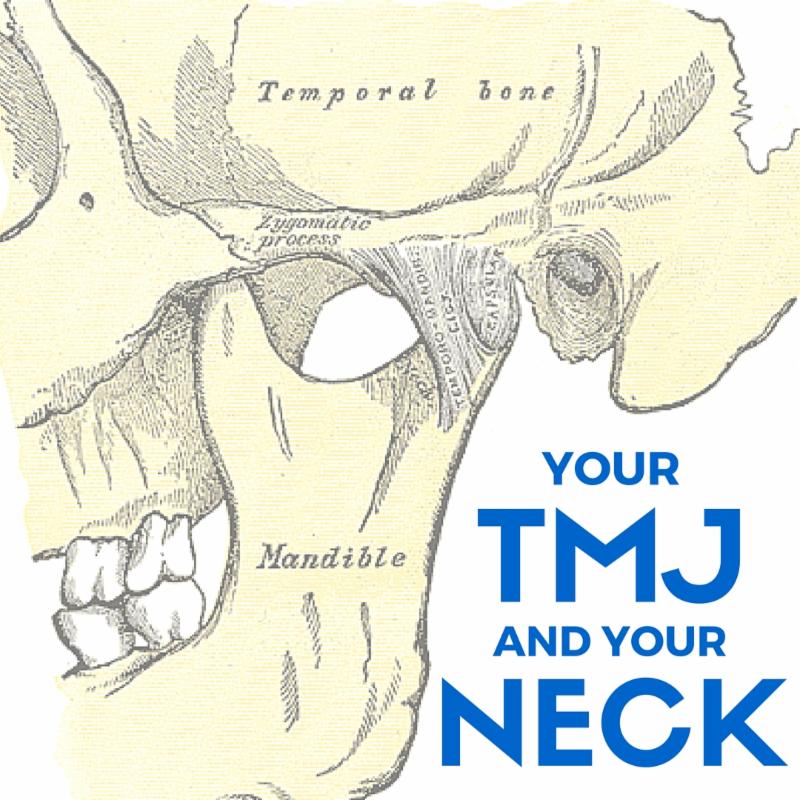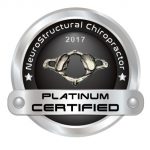A common condition that has been showing up more and more lately in my practice is temporomandibular joint dysfunction, or TMJD. Everyone has had the occasional jaw pain when taking a big bite of a sandwich or crunching down on a hard candy, but people with chronic jaw pain can suffer terribly.
TMJ problems arise in the joint that connects your jaw to the rest of your head. Normal motion of this joint is a non-negotiable when it comes to having a jaw that functions normally. When correct jaw motion is compromised, the impact can be severe and can cause a wide variety of problems, including:
- Headaches
- Neck pain
- Teeth grinding
- Sharp & stabbing jaw pain
- Clenching
- Painful clicking
- And much more
Generally speaking, problems with the TMJ arise from two sources:
- Muscle dysfunction – the jaw muscles (masseter, temporalis & pterygoids) become imbalanced and dysfunctional, leading to pain and abnormal movement patterns.
- Joint dysfunction – the TMJ is a complex joint. The disc within the joint can shift, the joint can degenerate, and the extremely sensitive nerve endings surrounding the joint can become inflamed.
To understand why the muscles of the jaw become dysfunctional, it’s important to understand what controls the muscles of the joint. Every muscle in your body, from your heart to your bicep to your achy back muscles, is controlled by a nerve. The muscles of the jaw are under the control of the Trigeminal Nerve, which is one of 12 specialized nerves known as Cranial Nerves. Cranial nerves are unique because they don’t originate from the spine. Instead, they originate from the brain and brainstem and exit out of the skull. Because of this, issues with the cranial nerves are usually a sign of a problem at the brainstem.
People with TMJD typically don’t have isolated jaw pain – they often have neck pain and headaches as well. Interestingly, a search of PubMed shows numerous studies outlining an increased occurrence of TMJD in patients who have suffered a whiplash injury or other trauma to the head or neck. Because of the close relationship of the Trigeminal Nerve and the vertebrae in the neck, the Atlas Displacement Complex can create the conditions under which abnormal pain signals can occur.
How does NeuroStructural Chiropractic address this?
At Precision Chiropractic, we identify the primary Structural Abnormality that has occurred in the spine. In the majority of cases we see, this Structural Shift has occurred at the topmost vertebra in the neck, the atlas, due to its unique shape and biomechanics. This specific area of the spine is intimately connected to key structures of jaw function and can be the culprit in many TMJD cases. Our goal is to correct and stabilize this area so that the nerves can function normally again. We end up co-managing many cases with dentists who focus on TMJ treatment for these exact reasons, which has been of tremendous benefit to the patient.
Take the time to schedule a complimentary consultation to find out if a NeuroStructural Chiropractic approach can be a solution for your TMJ issues, or supplement the dental treatment you are already receiving.



























































